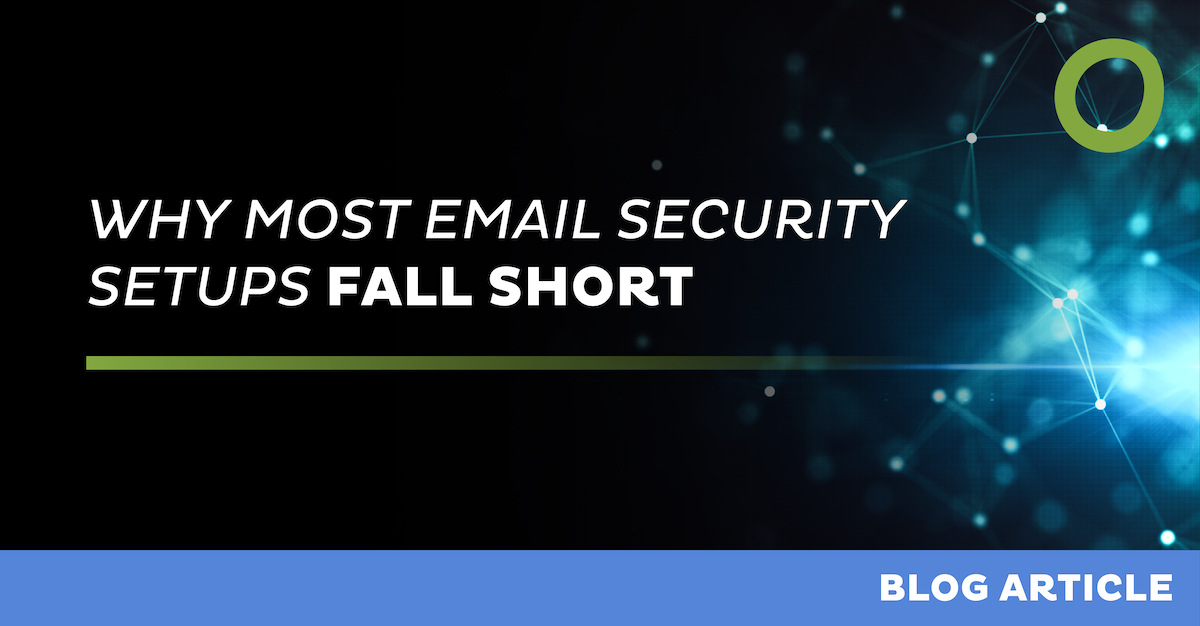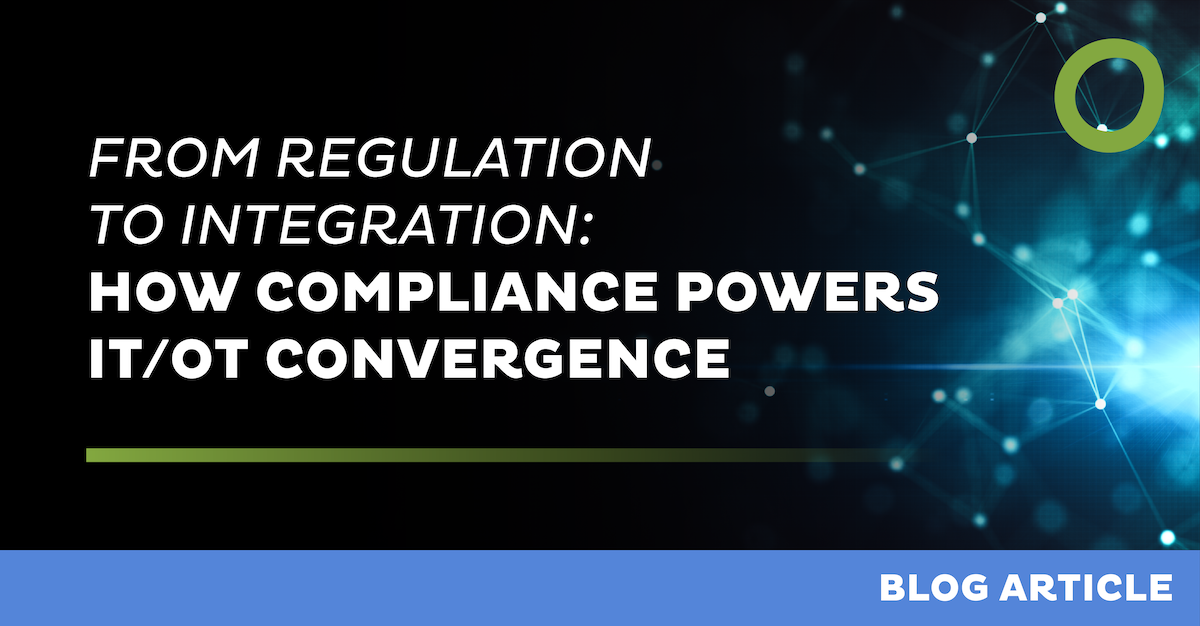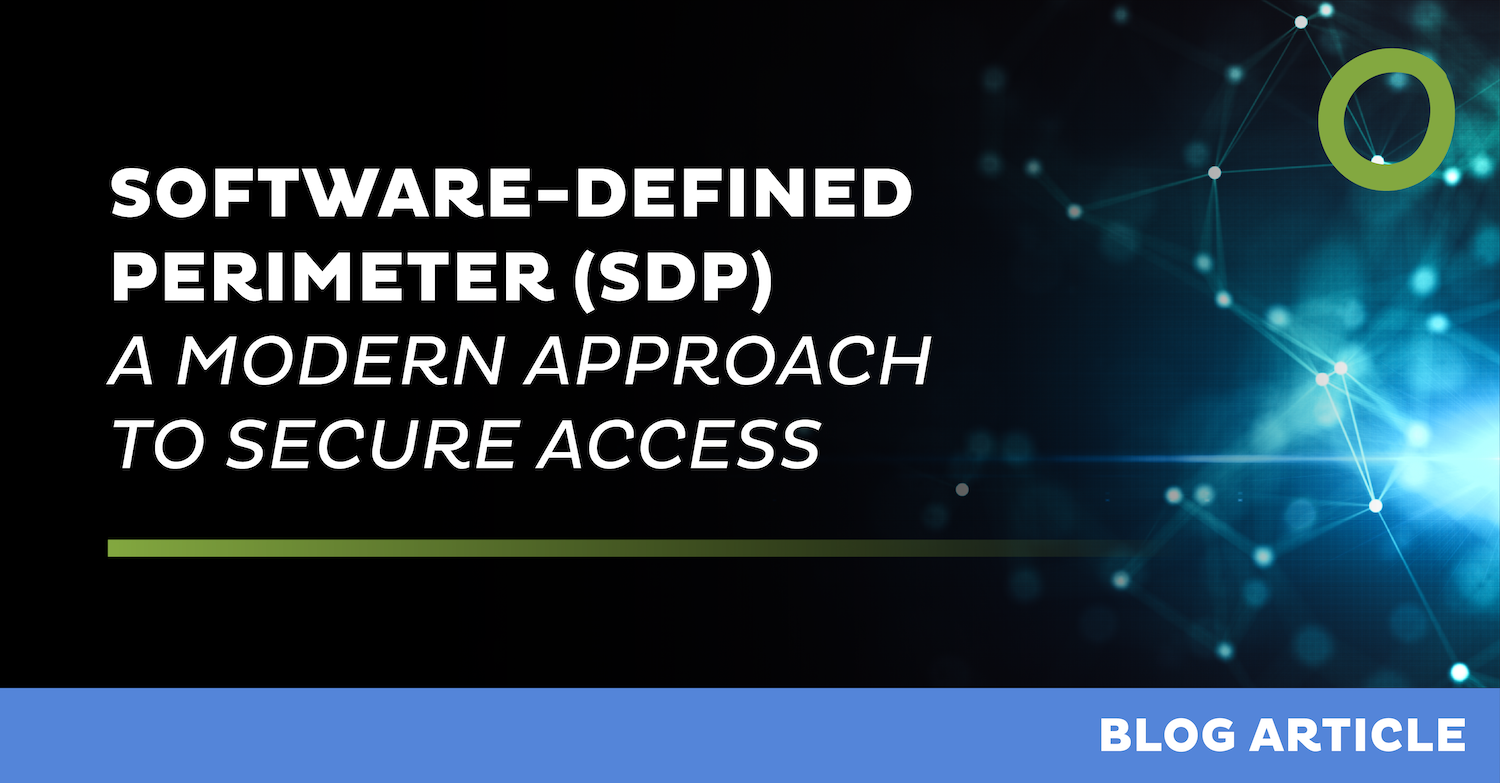
Back to the Office — But Security Still Needs to Work from Anywhere


As more organizations shift employees back to the office – whether fully or as part of a hybrid model – the reality of modern work remains unchanged: users now expect to work from anywhere. This evolution is driving a critical reassessment of enterprise security strategies.
A majority of employees with remote-capable jobs still prefer hybrid or fully remote arrangements, even as many companies reinstate in-office expectations. In response, 64% of company leaders report that they’ve already adopted a hybrid work model, and a full 75% plan to further evolve their work style in the next two years [1][2]. Even in a “back to office” world, flexibility is now an expectation – not a perk.
That’s why companies must ensure their security models support not just remote workers, but every employee – wherever they happen to be today.
The Security Challenge of a More Mobile Workforce
Hybrid work offers strong business benefits – 83% of employees report being more productive in hybrid or remote setups [2]. However, supporting a dispersed workforce introduces complex security challenges. Most enterprises today span multiple environments: multi-cloud platforms, legacy data centers, branch offices, and a growing number of remote endpoints.
Meanwhile, many IT teams remain understaffed. The global cybersecurity talent gap sits at nearly 5 million [4], leaving internal teams stretched thin and struggling to maintain sprawling VPN infrastructures, fragmented policies, and alert overload.
The formula is simple: more complexity, fewer resources – greater risk.
Why VPNs Fall Short in a Hybrid and Office-Based World
VPNs were designed for a different era. Once users are connected, VPNs often grant broad access without checking user or device context. This creates unnecessary risk, especially when users switch between office networks and remote connections.
In fact, once users are back in the office, legacy network designs often revert to traditional perimeter models that assume internal trust – bypassing more modern controls like ZTNA.
This inconsistency breaks the principle of Zero Trust and forces IT teams to manage two separate policy frameworks: one for remote work, one for the office. It’s inefficient, hard to maintain, and ultimately undermines both security and user experience.
Universal ZTNA: Extending Zero Trust Across Office and Remote Environments
Zero Trust Network Access (ZTNA) replaces broad-access VPNs with granular, context-aware access controls. It verifies identity, device health, and session context before every access decision. But to be truly effective in the era of hybrid and return-to-office work, ZTNA must apply everywhere – not just remotely.
Universal ZTNA brings Zero Trust policies across all environments – headquarters, branch, home, or anywhere else – without exception. That means the same access principles, security checks, and visibility no matter where work happens.
It supports:
- All users and devices (including BYOD and unmanaged endpoints)
- All applications (cloud, SaaS, and legacy on-prem)
- All locations and access patterns (remote, in-office, hybrid)
This unified approach simplifies policy management, reduces attack surface, and delivers a consistent user experience.
Key Benefits of Universal ZTNA
- Consistent Security Everywhere: Apply Zero Trust policies no matter where the user is – no more gaps between office and remote.
- Simplified Administration: Eliminate duplicated rulesets and siloed tools across different environments.
- Improved User Experience: No more toggling between VPNs or facing inconsistent access behavior.
- Cloud-Native Agility: Extend access controls across global regions and new infrastructure without new hardware.
- Centralized Visibility: All access flows through a single control plane, making monitoring and audit easier and more reliable.
Why Managed ZTNA Matters
Deploying Universal ZTNA in global, hybrid environments is complex. It requires integration across identity systems, apps, locations, and user types – with careful policy tuning, rollout planning, and operational monitoring. For mid-size to enterprise organizations facing talent shortages, doing this alone is impractical.
A managed service model can bridge that gap. Look for a partner that offers:
- 24×7 expert-level operations support
- Project delivery management
- Designated advisors to guide architecture and change control
- Predictable pricing with unlimited support
With the right partner, organizations gain more than just a new access solution – they gain a strategic capability to evolve their security posture without disruption.
Final Thoughts
The office may be back – but work remains everywhere. Whether your employees are in a cubicle, at home, or somewhere in between, the security model must stay consistent. Universal ZTNA delivers that consistency by applying Zero Trust principles to every access request, regardless of location.
It’s time to stop thinking in terms of “remote vs. office.” Secure access should be universal- and with the right technology and managed support, it finally can be.
Sources
[1] Gallup – Remote Work Trends: https://www.gallup.com/workplace/508057/remote-work-persisting-trends-ebb.aspx
[2] Zoom – Hybrid Work Insights: https://news.zoom.us/insights/hybrid-work-trends-2024/
[3] CIO – Multicloud Strategy: https://www.cio.com/article/302111/the-state-of-multicloud-management.html
[4] ISC2 – Cybersecurity Workforce Report: https://www.isc2.org/Research/Workforce-Study
[5] CrowdStrike – Zero Trust Guide: https://www.crowdstrike.com/cybersecurity-101/zero-trust-security/
[6] Data Center Knowledge – VPN vs. ZTNA: https://www.datacenterknowledge.com/security/zero-trust-network-access-ztna-vs-vpn
[7] HPE – What is Zero Trust: https://www.hpe.com/us/en/what-is/zero-trust.html
Leave Complexity
Behind
To learn how Open Systems SASE Experience can benefit your organization, talk to a specialist today.
Contact Us



